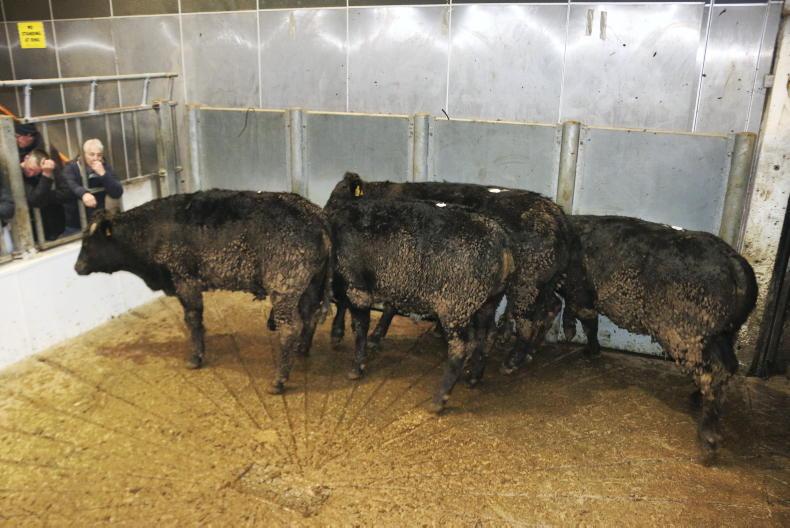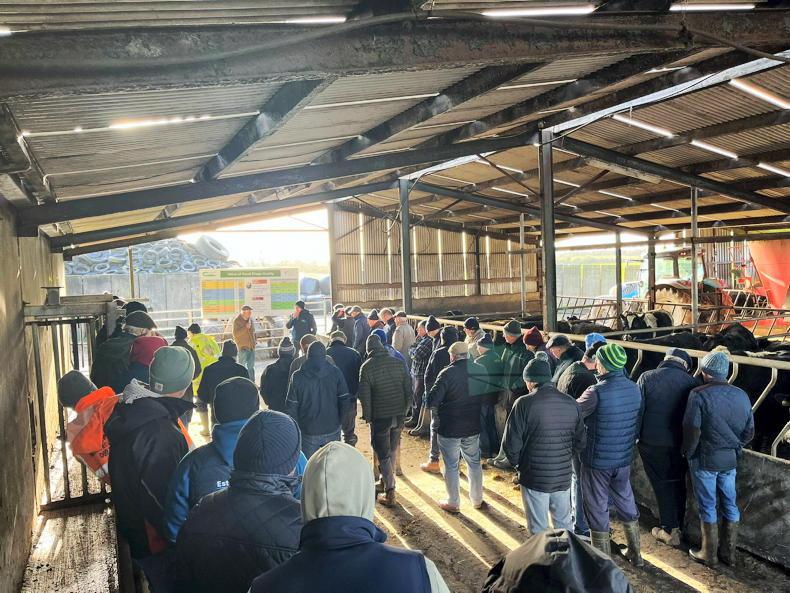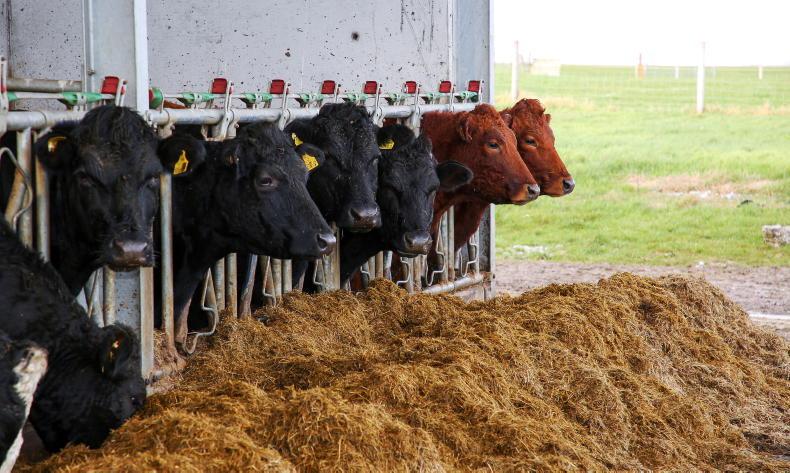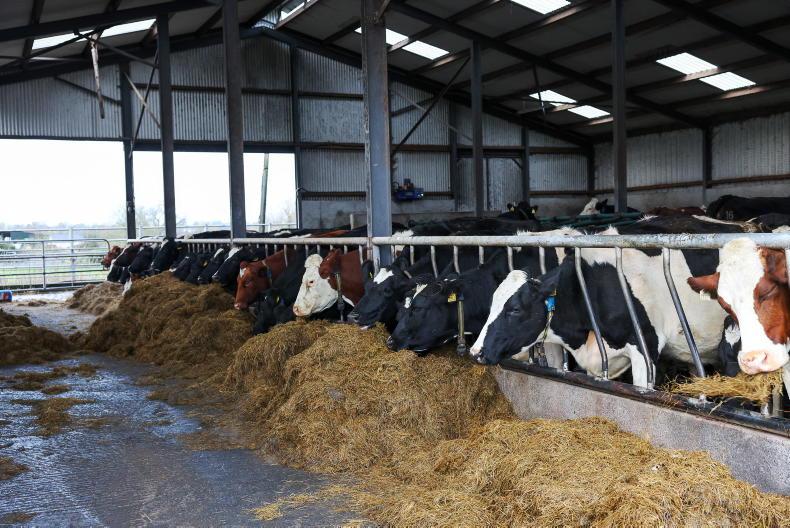With many dairy beef cattle now housed for the winter thoughts turn to diet formulations in order to keep stock thriving over the winter period.
Winter is often a period when stock under-perform and fall behind target which can delay slaughter age or result in lighter carcase weights than expected at the end of the production system. Weighing cattle at housing and again pre-turnout is the only accurate way to assess winter performance.
Weighing now will also tell you how performance at grass has been. Ideally stock would have been weighed in July or August which would allow you to assess autumn grazing growth and pinpoint any period of underperformance if there is one.
Silage testing
All farms should be testing silage to establish the quality and determine what level of concentrate feeding is required over the housed period. Taking a representative sample is really important. Too often the entire winter forage stock is assessed from a handful of the first bale of the year that is opened. In reality it is unlikely that this one handful fully represents the overall quality of the silage in the yard. The best approach is to take multiple samples from different bales or different areas of the pit.
Where you know a certain stack of bales are of higher or lower quality than the rest, these should be sampled separately and also targeted at the correct stock once tested.
Winter costs
Dairy beef cattle need to be growing at 0.6kg/day at least over the first winter period. You could argue that on farms aiming to slaughter stock off grass at the end of the second grazing season, this average daily gain needs to be even greater at between 0.75kg/day and 0.85kg/day.
However for the majority, 0.6kg/day will be sufficient if being rehoused next winter. Table 1 looks at the amount of ration required to support this live weight gain on various quality silages and the cost associated with doing so.
As can be clearly seen from the table, using anything less than top-quality silage in a dairy beef system is a non-runner as the level of meal needed to maintain performance deems it uneconomical. Even leaving the extremes out of the equation, the cost difference of wintering an animal on 72% DMD silage and 65% DMD silage is a huge €65/head. On over 50 cattle that is an extra meal bill of €3,250 this winter.
Meal feeding
The ration needed for the first winter will likely be a 16% protein ration but again it will depend on the silage quality being fed. Where you are feeding silage with a lot of red clover, a lower protein concentrate may be sufficient.
From an energy point of view look for high-quality ingredients at the top of feed labels such as barley and maize.
Front-loading meal can be a good idea in order to prepare stock for returning to grass. You still feed the same amount of meal over the entire winter but just offer more to stock in the first half and for the final month or so you might reduce meal feeding or stop it completely.
Weighing stock mid-winter is always a good idea as it allows you to make decisions earlier if stock are not performing as they should rather than waiting until the end of the winter period and having stock behind target.










SHARING OPTIONS